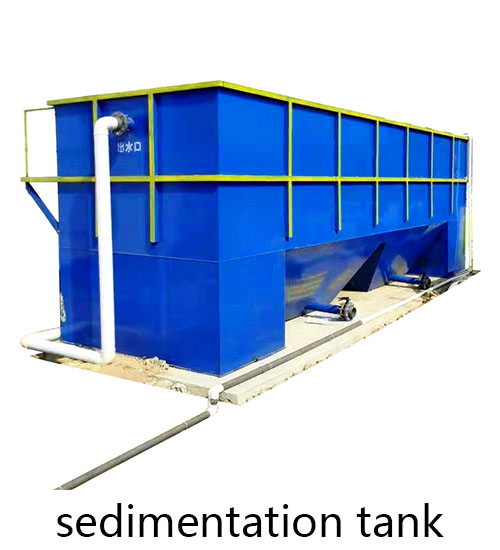1.the difference
1)Process principles and characteristics
MBR: Combines membrane separation technology with activated sludge method, uses membrane components instead of secondary sedimentation tanks, realizes the separation of sludge retention time and hydraulic retention time, increases activated sludge concentration, and improves effluent quality.
SBR: Intermittent activated sludge process, which carries out five processes of water intake, reaction, sedimentation, drainage and standby in the same reaction tank in chronological order. It has no sludge return system and has the effect of nitrogen and phosphorus removal. It is suitable for occasions with intermittent discharge and large flow changes.
MBBR: Moving bed biofilm reactor, which combines the biofilm method with suspended growth technology, allows microorganisms to attach and grow through suspended carriers, and has the high efficiency of the activated sludge method and the impact load resistance of the biofilm method.
2)Core equipment and fillers
MBR: The core equipment is the membrane assembly, including hollow fiber membrane, tubular membrane, etc., which is used to intercept activated sludge.
SBR: The core equipment is a decanter, which is used to drain water without disturbing the settled sludge layer.
MBBR: The core is a special filler with a density close to that of water, which is easy to fluidize and forms a biofilm on the filler.
3)Sludge characteristics
MBR: The activated sludge concentration is high and the sludge age is long, but membrane fouling may cause changes in sludge properties.
SBR: The sludge volume index is low, it is easy to settle and not prone to sludge bulking.
MBBR: The sludge age is longer, which can retain more nitrifying bacteria and is less likely to cause sludge bulking.
2.Pros and Cons
MBR
Advantages: good water quality, small footprint, high degree of automation, and resistance to impact loads.
Disadvantages: The membrane needs to be cleaned or replaced regularly due to contamination, and the operation and maintenance costs are high, and the energy consumption is high.
SBR
Advantages: simple process flow, no need for regulating tank and secondary sedimentation tank, small footprint, resistant to shock loads, capable of treating toxic or high-concentration organic wastewater, and high degree of automation.
Disadvantages: intermittent operation, relatively low equipment utilization, high requirements for decanters, and treatment efficiency is limited by drainage time3.
MBBR
Advantages: It has the advantages of both activated sludge method and biofilm method, with good nitrogen and phosphorus removal effects, high organic matter removal efficiency, resistance to shock loads, and easy maintenance and management.
Disadvantages: The filler may accumulate, and a device to prevent the filler from losing must be installed at the water outlet, which may cause blockage problems.
In summary, MBR, SBR and MBBR processes each have their own characteristics and applicable scenarios. When choosing, it is necessary to comprehensively consider factors such as water quality requirements, treatment scale, and investment cost.

生化膜反应器12-1024x683.jpg)

生化膜反应器14-scaled.jpg)
生化膜反应器12-scaled.jpg)


